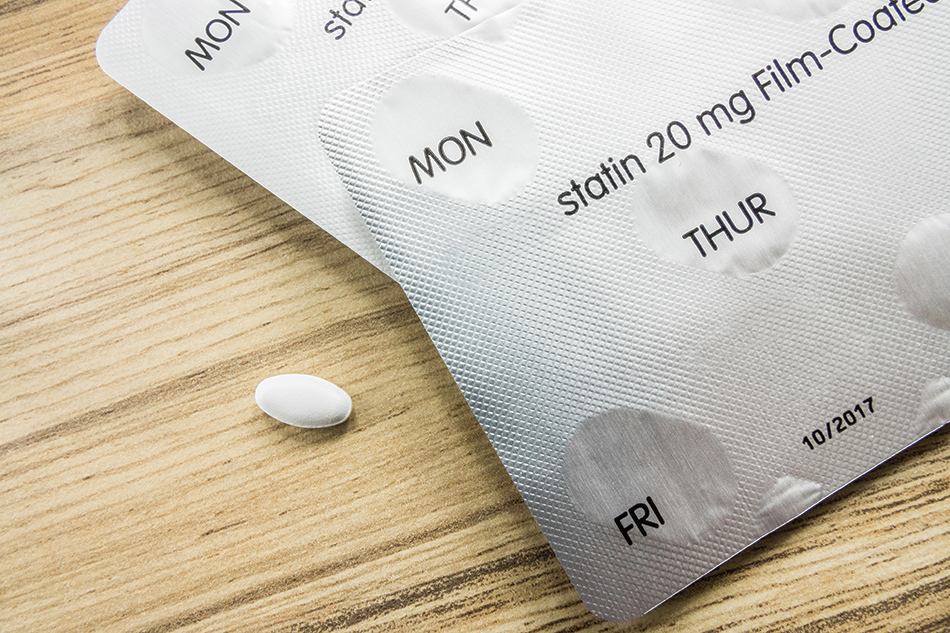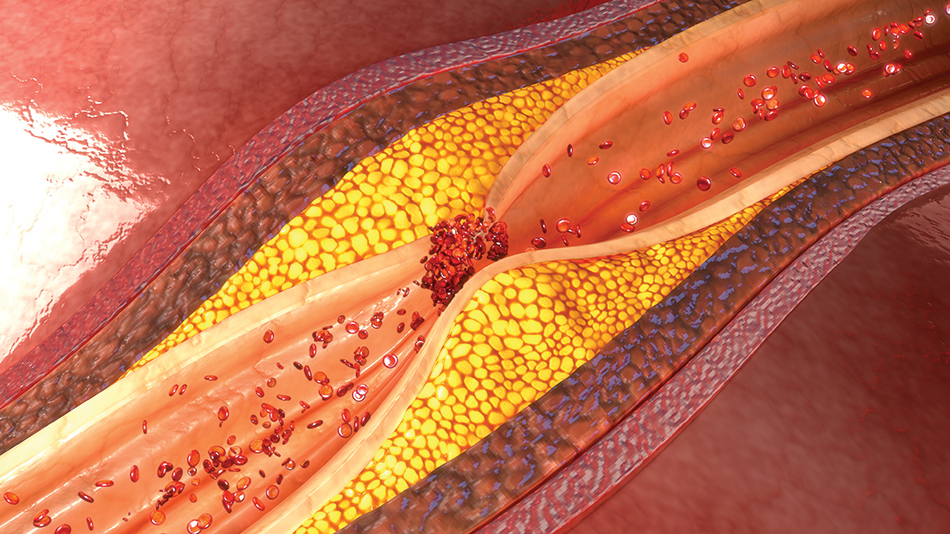Early perioperative statin use was associated with a significant reduction in all-cause perioperative mortality and several cardiovascular and noncardiovascular complications, according to a recent study published in JAMA: Internal Medicine. Read More >>>
The observational study included 180,478 veterans (95.6 percent men and 4.4 percent women) undergoing elective or emergent noncardiac surgery between Oct. 1, 2005 and Sept. 30, 2010. Data on statin use were collected on the day of or the day after surgery and patients underwent a 30-day postoperative follow-up. The main outcomes measures were all-cause 30-day mortality (primary outcome) and standardized 30-day cardiovascular and noncardiovascular outcomes.
The researchers found that 37.8 percent of patients had an active outpatient prescription for a statin, of whom 80.8 percent were prescribed simvastatin and 59.5 percent used moderate-intensity dosing, at the time of admission. Exposure to a statin on the day of or the day after surgery based on an inpatient prescription was noted in 31.5 percent of the cohort.
Among 48,243 propensity score–matched pairs of early perioperative statin-exposed and nonexposed patients, 30-day all-cause mortality was significantly reduced in exposed patients (relative risk [RR], 0.82; 95 percent confidence interval [CI], 0.75-0.89; p < 0.001; number needed to treat, 244; 95 percent CI, 170-432). Of the secondary outcomes, a significant association with reduced risk of any complication was noted (RR, 0.82; 95 percent CI, 0.79-0.86; p < 0.001; number needed to treat, 67; 95 percent CI, 55-87); all were significant except for the central nervous system and thrombosis categories, with the greatest risk reduction (RR, 0.73; 95 percent CI, 0.64-0.83) for cardiac complications.
“This observational cohort analysis reports that statin use on the day of and/or the day after noncardiac surgery was associated with lower 30-day all-cause mortality and reduction in a variety of postoperative complications (most notably cardiac), compared with nonuse,” writes Debabrata Mukherjee, MD, FACC, in an ACC.org Journal Scan. “Current evidence supports a protective effect of statins in the perioperative period, and the data presented in this study suggest a benefit of statins even when these medications are first administered in the immediate perioperative period. Until additional data are available, one could consider using the ACC/American Heart Association Pooled Cohort Equations Risk Calculator to choose which patients, in addition to those with established cardiovascular disease, would be candidates for statin therapy immediately before surgery.”
JAMA Intern Med 2016;Dec 19:[Epub ahead of print].
<<< Return to top


